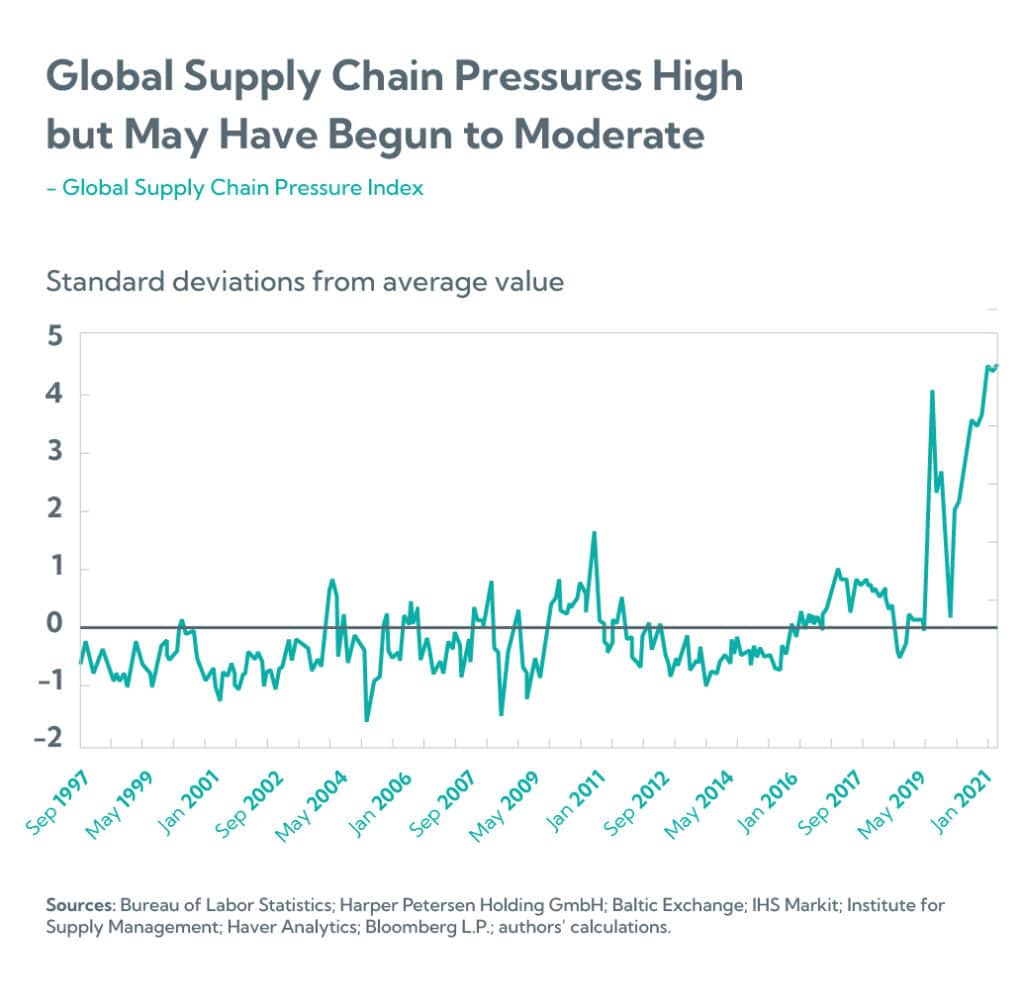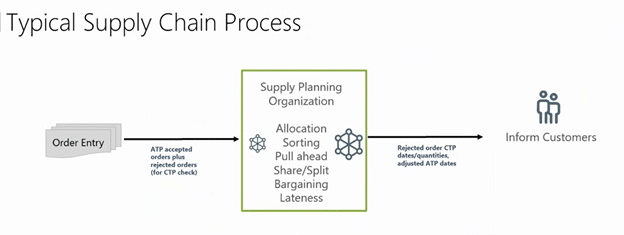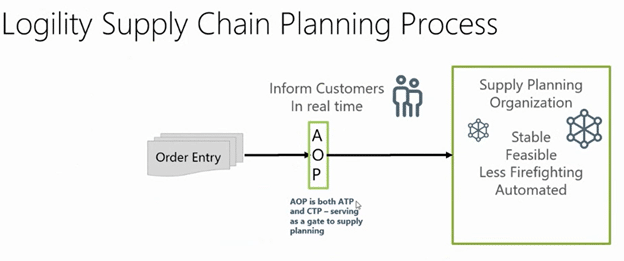
Challenges
Berry Global’s products are integral to the success of many of the world’s best-known brands. The Fortune 500 company supplies packaging and materials used for finished products in three major markets: engineered materials (stretch wrap, trash bags, duct tape, etc.); consumer packaging (containers, tube, bottles, drink cups, etc.); and health and hygiene products (baby wipes, diaper materials, dryer sheets, etc.). These products are produced in manufacturing facilities across the globe, serving more than 19,000 customers from sole proprietorships to the largest global brands. The company produces over 91,000 SKUs, but the list is ever-changing.
With over 40 acquisitions in 30 years and constantly changing customer requirements, Berry needed an integrated business planning process and platform to keep its supply chain running smoothly and stay ahead of its competition.
Wide assortments and markets
Berry Global’s wide range of products is matched by a diverse set of customers, from global powerhouse brands, to a single farm buying agricultural film.
Rapid and frequent acquisition
Over 40 acquisitions in 30 years meant a mix of people, process and existing solutions which was difficult to standardize on.
Inventory and replenishment
Plants and divisions had very specific needs, and planning processes needed to be validated across locations.
Solutions
“Logility has helped us develop a consistent integrated business planning process so we can focus on growing without having to reinvent the wheel every time we have a new acquisition, business challenge, or new customer mandate,” says Mike Reibsamen, director, integrated supply chain for Berry.
Because of the synergy that demand planning brings across the organization, the integrated planning transformation effort started with demand planning and forecasting. Logility Demand Planning™ helped Berry break down silos and achieve demand planning collaboration across its many divisions. “One benefit of having a smart, scalable solution like Logility is automatically planning smaller items and freeing our planning team to focus on larger, more complex scenarios.”
Next came inventory and replenishment planning. Plants and divisions can be very specific in their needs, so the transformation team selected two pilot plants: one from their engineered materials division and one from their consumer packaging division. Because both plants were already performing well, these two would serve as ideal resources to validate planning processes using Logility and create a playbook for other plants to follow.
“A playbook is like an instruction manual: ‘Here is how you implement an integrated supply chain and gear it up for a faster deployment’,” explains Reibsamen. His team also developed a master data scorecard for plants that included seven key data elements that formed the base requirements for inventory and replenishment planning. A plant must achieve a 98% rating before it can go live with the new planning process. Using this approach, more than 40 Berry plants went live in an 18-month period.
For master scheduling and demand-driven procurement, the integrated planning transformation team worked closely with purchasing to make sure the new processes coincided with the inventory and replenishment planning deployment schedule, ensuring cross-departmental actions were in sync.
Results
In addition to hard dollar impact, Berry’s deliberate approach to transformation has produced other long-term benefits. Consistent processes mean the company is no longer doing things differently in different areas. Collaboration and continuous learning are part of the company’s culture, so good ideas get populated across the organization.
Reibsamen is quick to point out that people are a necessary element. “Success requires a combination of things. You have to have the right team in place, committed to defining the right processes, using the right planning platform. For us, that platform is Logility.”
With Logility, Berry Global has achieved hard dollar benefits through operational changes and optimizing production, and created a proven, scalable planning process applicable to all plants, products and customers. It has established a culture of collaboration and continuous improvement and freed planners from routine tasks to focus on customer needs and innovation.





